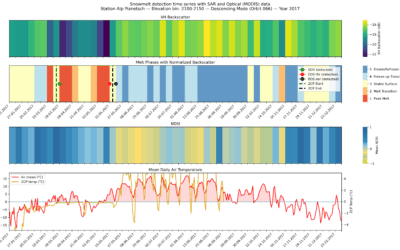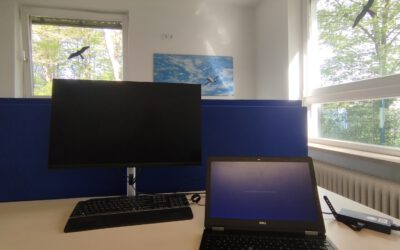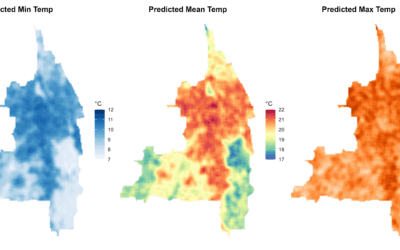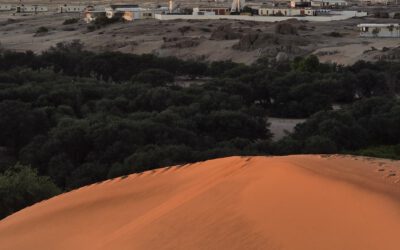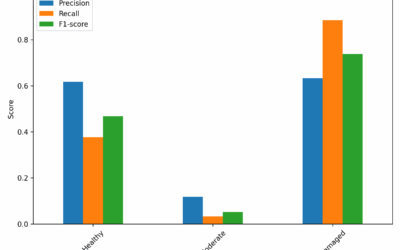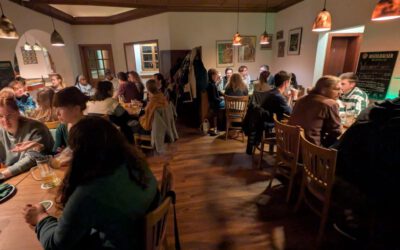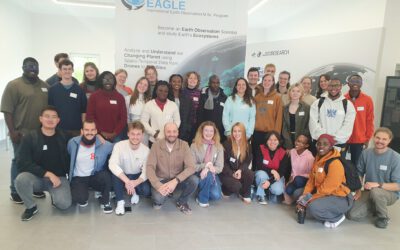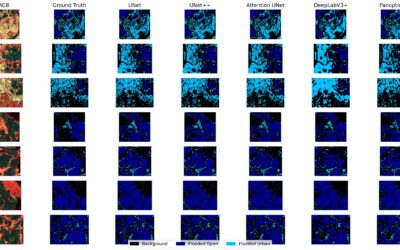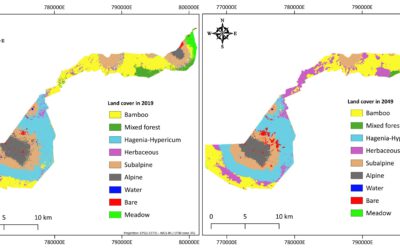The Namib desert research station Gobabeb (
www.gobabeb.org) is involved in diverse research projects and is hosting various students and researchers from a wide range of backgrounds and nationalities. They are also already involved in remote sensing and very interested to expand the UAS and EO research. We met with the Gobabeb research institute to discuss initial collaboration and joint research projects. They are very keen to host our EAGLE students for their internship or Msc thesis as a first step. We will encourage our students to learn applied EO in arid ecosystems in collaboration within this arid ecosystems infrastructure.
Gobabeb is located in a scientifically highly interesting landscape for various research topics. As described on their webpage ‘Gobabeb sits in the heart of the hyperarid Namib Desert. It provides easy access to the three distinct ecosystems of the Namib: the Sand Sea to the south, the Gravel Plains to the north, and the riparian woodlands of the ephemeral Kuiseb River. These three ecosystems provide a rich diversity of arid-adapted organisms. Gobabeb also is situated on the ecotone between fog and rain precipitation, enhancing further Gobabeb’s unique capacity for desert research. Gobabeb is embedded in the indigenous cultural landscape of the ≠Aonin (Topnaar) Nama pastoralists that have inhabited the Kuiseb River basin for centuries. ‘


